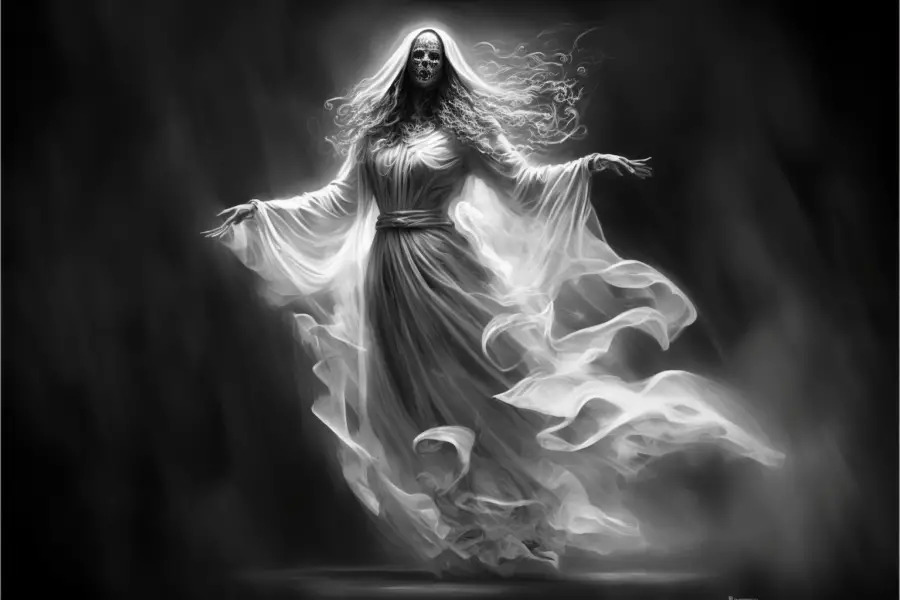Share the Lore!
By: Alex Postrado
The Screams of the Dead
Out of all mythical and legendary creatures of Irish and other Celtic folklore, banshees are certainly among the most feared.
At present, a lot would recognize them as unsightly and wrathful, hag-like spirits, whose screams are enough to terrify some people to death.
However, that modern interpretation of banshees is actually — more or less — off the mark, as it barely covers the rich history behind the lore.
A narrative that is rooted in both mythology and real life — are you ready to know the truth behind the shrieking omens of death?
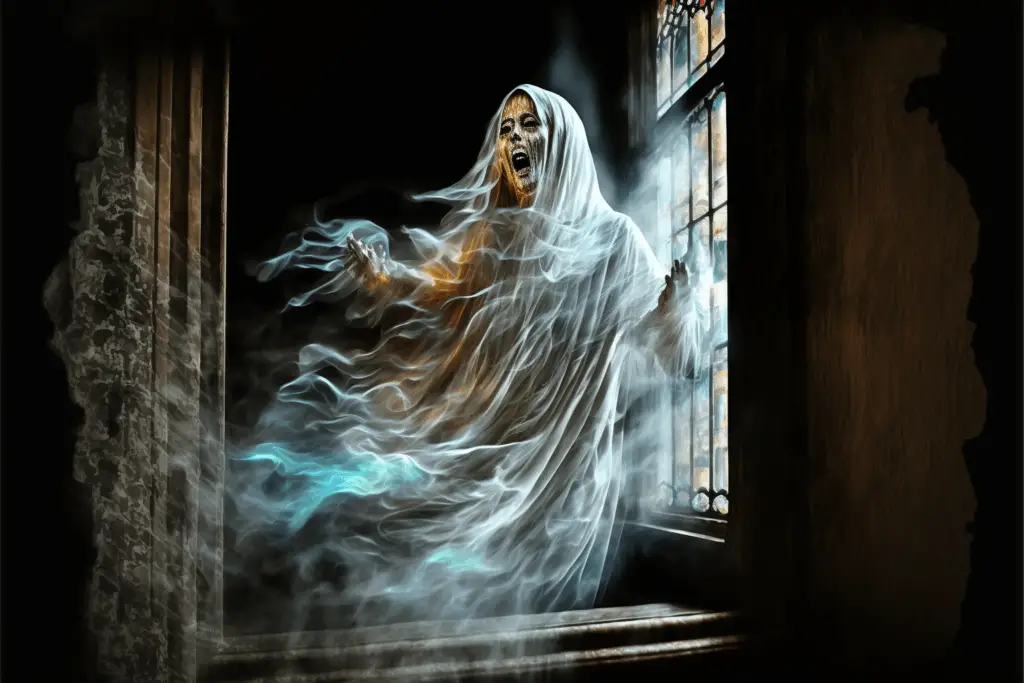
What is a Banshee?
The word “banshee” first appeared in the late 17th century.
It comes from Irish bean sí, derived from the Old Irish bean sídhe — meaning, “woman of the fairy mound“.
You see, the Irish countryside is dotted with ancient burial mounds — also known as tumuli. And these barrows were considered sacred by the people and were even believed to be an important link between the real world and the fairy world.
This — so the story goes — technically makes banshees a class of fairies.
Though scholars still argue about the origin of banshees, it is generally regarded that the earliest appearance of their story dates as far back as the 8th century — in age-old Gaelic legends, as well as in a few Norman literature of that time.
However, contrary to our now-common belief that banshees are dangerous and dreadful beings — a belief that was, in some ways, fostered by the horror genre and pop culture — banshees of the original lore were actually benevolent, for the most part.
They did not cause death — rather they deliver the news that someone from a certain family has died or is about to die.
And that, perhaps, makes them a supernatural creature that you would want on your side because they could help you — and your loved ones — prepare for “the inevitable“.
In the original lore, banshees appear as young and beautiful maidens, singing a song that — instead of being frightening — is actually hauntingly tragic.
And this is because stories claim that banshees are ancestors of the dying person, mourning the impending doom that even she cannot prevent.
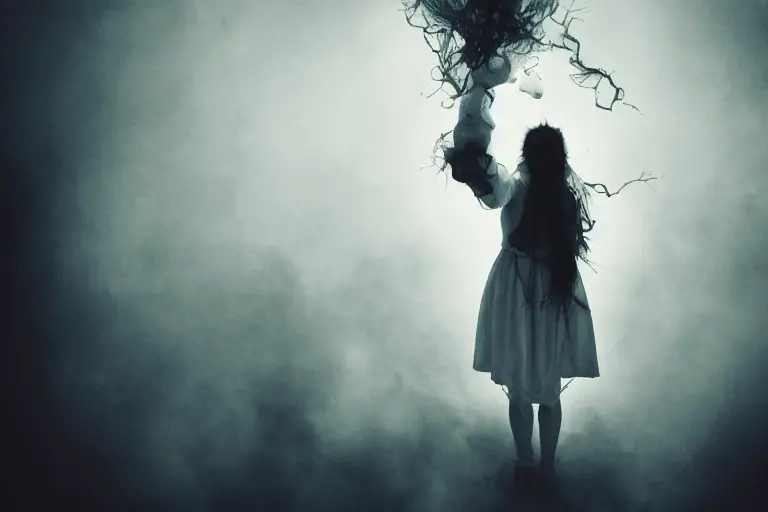
It is sometimes said that the sorrowful banshee song can only be heard “by the person for whom it is intended”.
And when someone hears this message of death, they must immediately warn their family, for banshees are known to not only be looking out for a single person but rather the whole clan they belong to.
Although, not every family has a banshee of its own.
Only certain clans — those that are native to the Insular Celtic lands and not of Norse, English, or Norman heritage — are believed to have a banshee.
And these families typically have the prefixes O’, Mc, or Mac in their surnames.
This belief that banshees watch over certain Highland families was even recorded by Scottish novelist Sir Walter Scott, in his 1830 work, Letters on Demonology and Witchcraft.
By that time, banshees have already been a staple of Celtic oral traditions — taking on several names, including Hag of the Mist, Hag of the Black Head, as well as Little Washerwoman.
And all of these monikers came into existence for various reasons, some of which can be attributed to the way banshees have been depicted in different accounts.
The Guises of Banshees in Various Stories
Little Washerwoman is one of the sundry names associated with banshees.
It is derived from the Gaelic bean nighe, which literally means “fairy washerwoman“, after the alleged sightings of a banshee “washing the bloodstains from the clothes of individuals who were soon to die“.
This furthered the concept that banshees herald death.
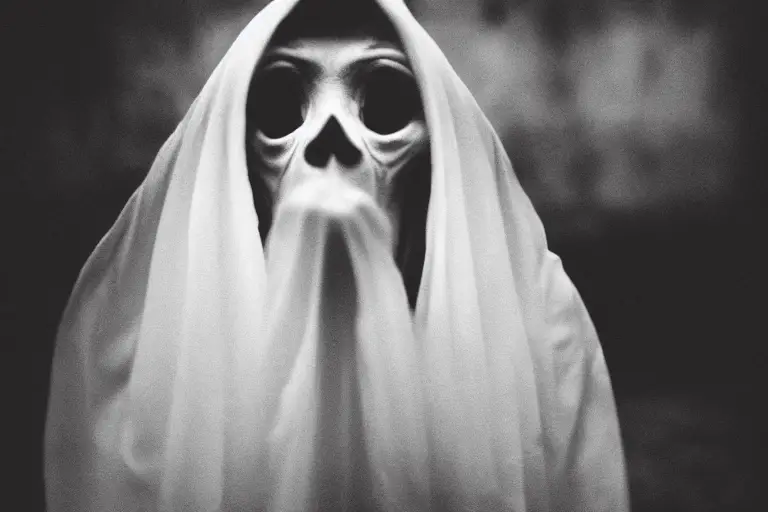
And as the years go by, this foretelling nature of the wailing fairies became even more explored, causing a load of other renderings — such as the banshee as a full-figured matron, along with the witch-like image of a screeching crone some have come to know today.
Yet, despite the varying elements in the way people of both past and present recognize banshees, tales almost always include the mention of gray cloaks — in which banshees are dressed in — unkempt silver hair, as well as eyes “permanently red due to constant weeping”.
Similarly, this further exploration of the lore spawned the evil version of banshees.
The one that the horror genre, nowadays, often uses to sensationalize the prophecy-carrying fairy.
These sinister banshees are said to actively seek out their victims.
And with the help of their glass-shattering wails, they make “the unfortunate” choose between going insane or committing suicide.
Having known that, it is no wonder why some would want to learn how to expel banshees.
How to Get Rid of Banshees
There are several threads on the internet about how to get rid of banshees.
But — since humans are yet to gather sufficient evidence to prove the existence of banshees, other than claims of sightings — no one knows for sure which of the given methods would do the job.
Some people believe, though, that it is the one from the series, Supernatural.
It requires the mixing of various ingredients — such as coriander, sage, rosemary, tea, oregano, yarrow powder, and chicken bones — into a bowl.
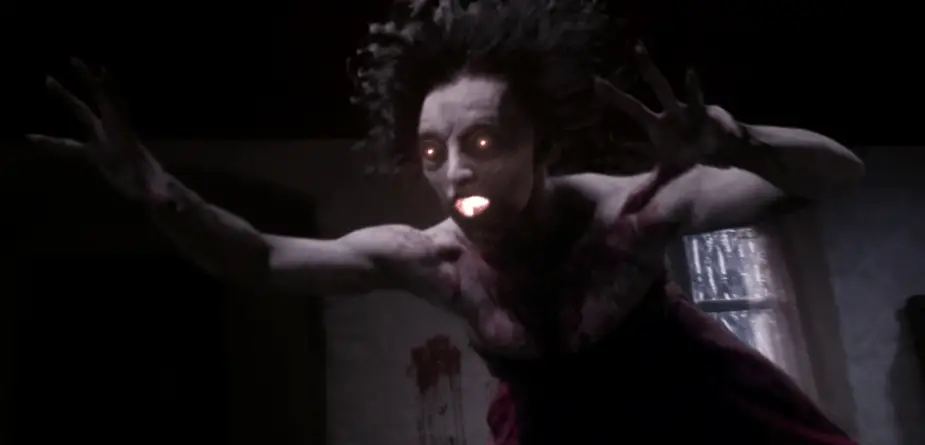
Add a few drops of blood and as soon as it drips onto the mixture, a “blinding blue light” will rise and that would ultimately banish the banshee.
How Banshees are Made
Since banshees are believed to be part of a certain family’s ancestry, people don’t just become banshees.
It is likely an inherited gift — or curse, depending on how you perceive it.
A thing that is only passed down to the spirits of women in the lineage.
In theory, that is how a banshee is made.
But, in reality, banshees are created from interweaving strands of history and belief in the supernatural.
It is evident even from the way the screams of banshees are called.
Caoine — in English, it means “keening“.
Keening is an old Irish and Celtic tradition — with traces to as early as the 7th century — in which disheveled women, known as keeners, would wail and sing in lamentation at funerals.
Sound like banshees, yet?
Well, in addition, keening used to be a sacred social practice in the olden times, however, only upper-class families could afford to employ keeners during wakes.
That could explain why not all families have banshees and, by the same token, why the appearance of several banshees at a single time was believed to indicate the passing of someone great or powerful.
That said, banshees have always been floating in the gray area.
Of reality and fiction.
Of life and death.
And now, of a past story about the piercing cries, we will continue to warn our future about.
References:
Banshee - Celtic folklore Banshee - New World Encyclopedia Exploring Irish Mythology: The Banshee The Banshee - Library Ireland Legend of the Banshee Wailing Out the Lament-Filled Legends and Origins of Irish Banshees Banshee banishing spell Mourning the loss of the keening tradition in Ireland
